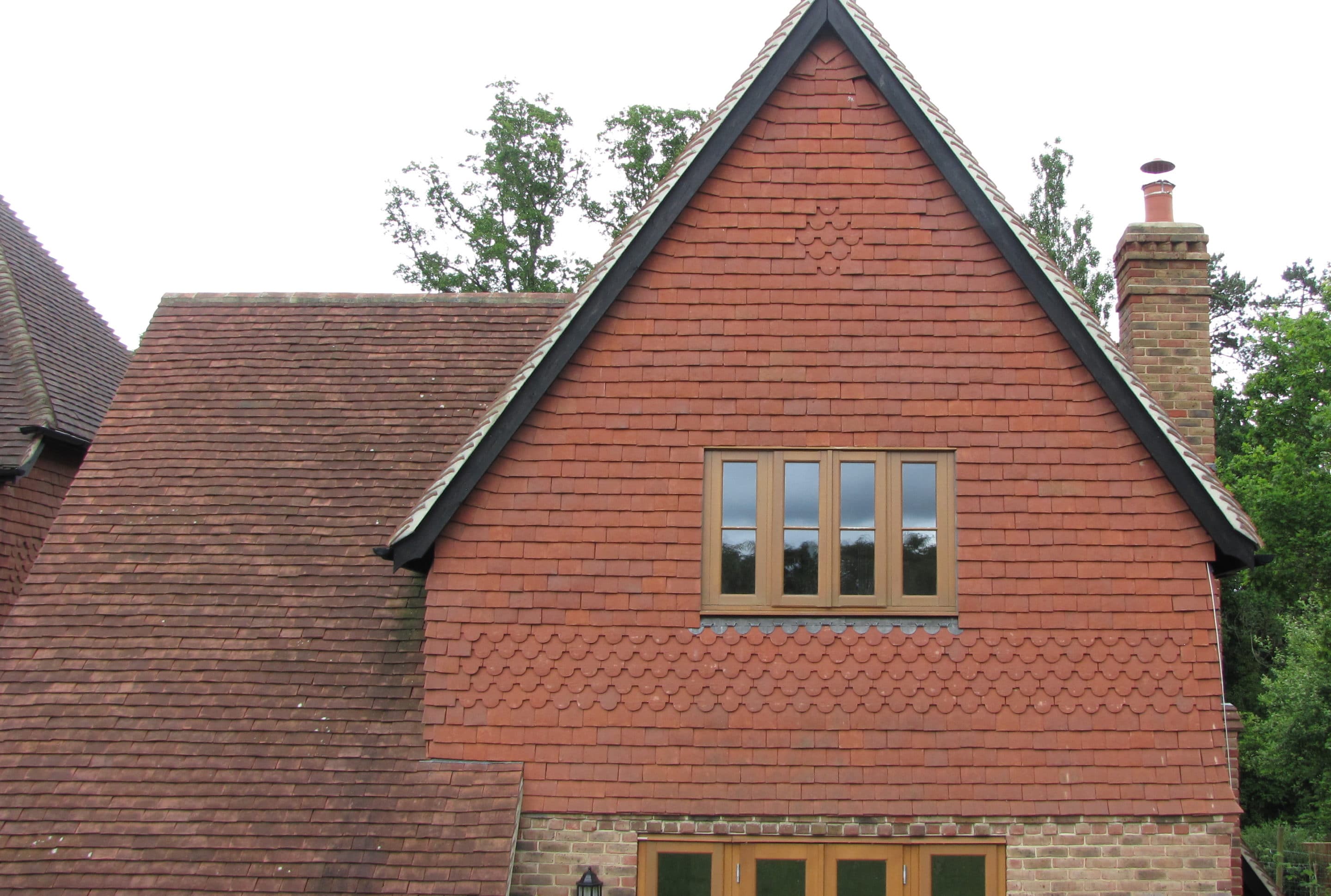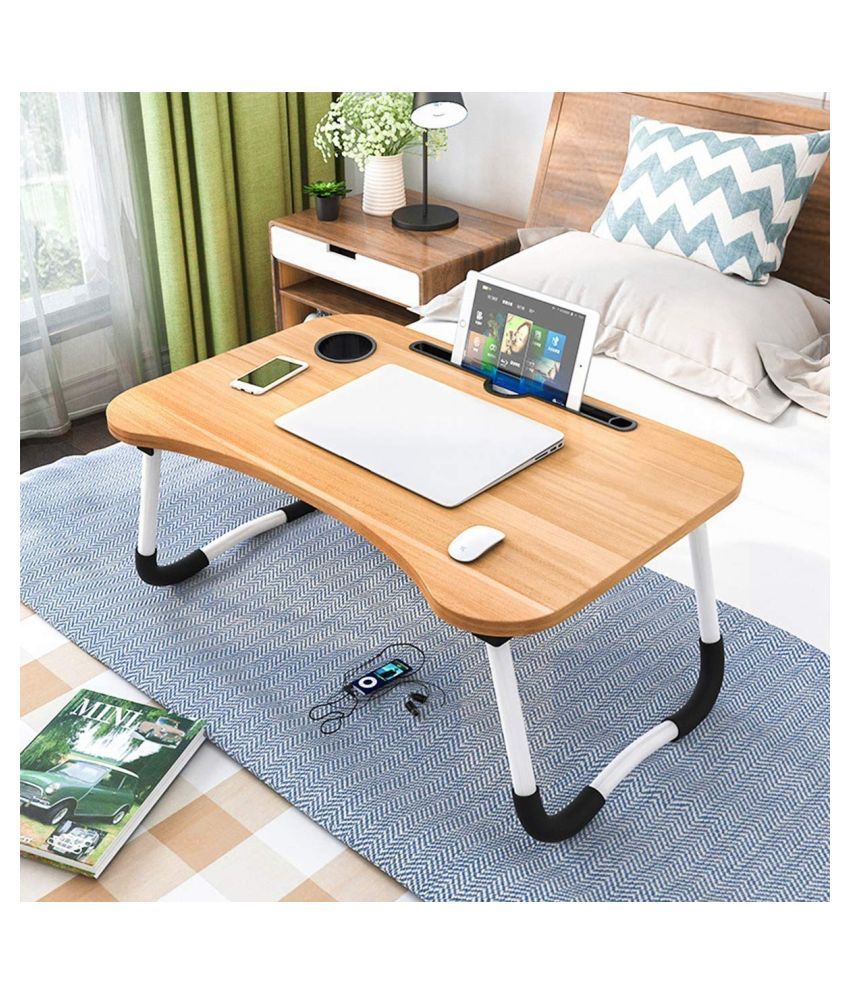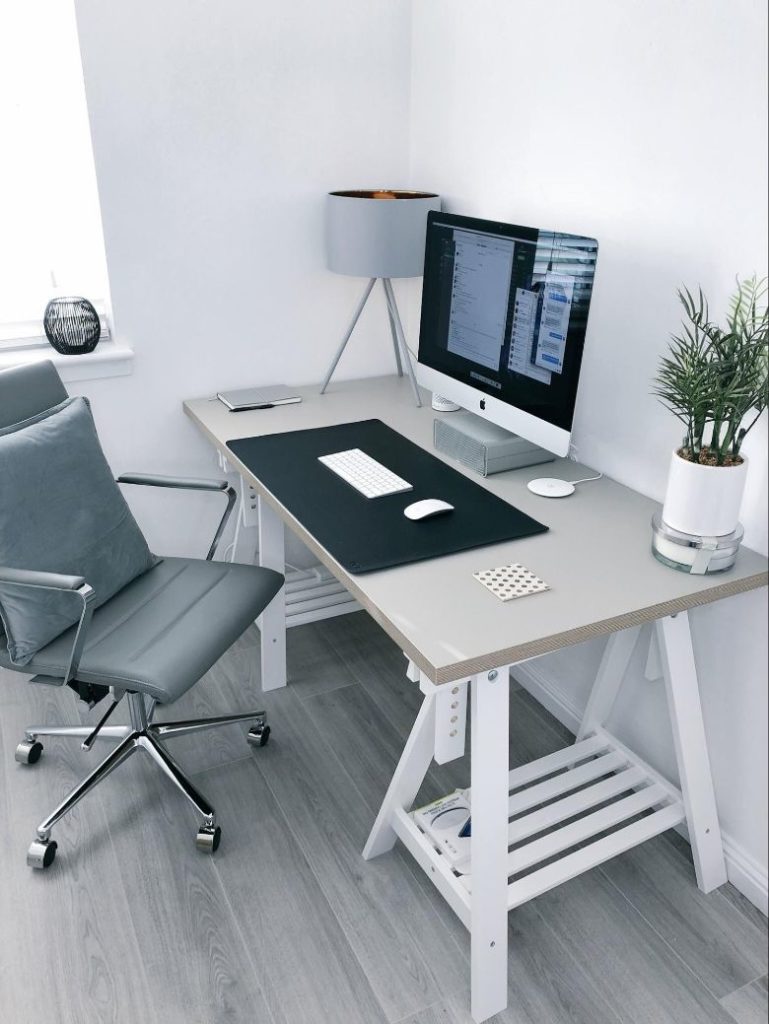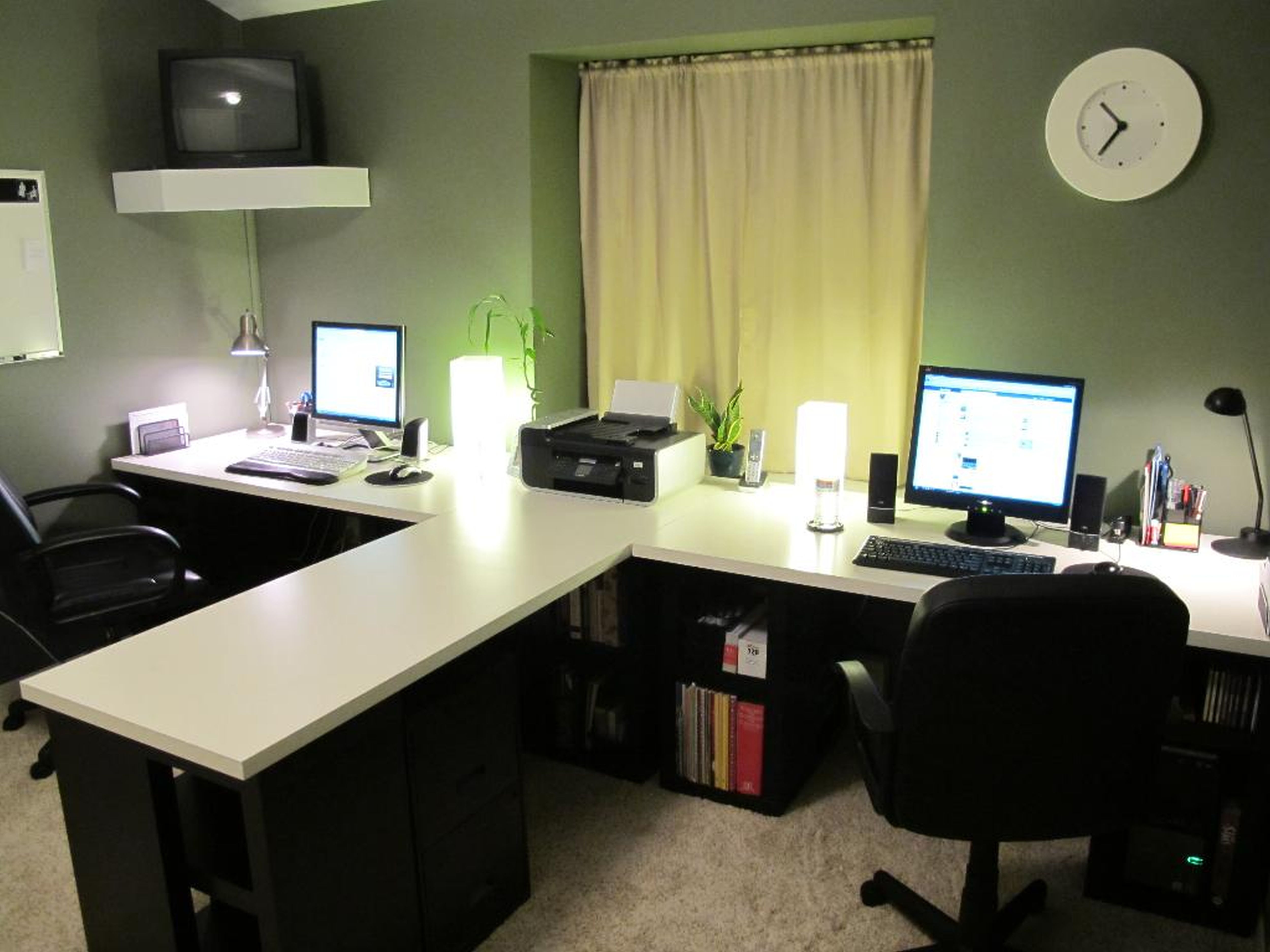Table of Content
In my case, having a monitor on the box saved me more than once when an install went awry. Either way, connecting this device to one of these programs mean your media server is almost up and running. This free and open-source software is perfect for people who want personalization power. You’ll find a ton of add-ons, but you can’t access your content when you’re away from the house, and it’s not as easy to start using as Plex is. If you’re new to lingo like LAN, check out our easy guide to internet connectivity.
I have predominantly X10 modules which I installed in my home over the course of several years. Most of them are dimmable light switches, with some inputs (doorbell, motion sensors etc.). I purchased a Z-wave interface is it is supported by the Logitech Harmony 890.
Tech 101: How to record your computer screen
Tune in again next week when we’ll explore how to set up WHS clients, add storage to your server, and configure many of Windows Home Server’s key features. Windows Home Server isn't sold as a retail product, but that doesn't mean it's not available to consumers. You can buy a "system builder" copy from many online retailers for about $100. You should be aware that Microsoft does not allow you to reuse this license if you migrate to different hardware down the road. You state to connect the NAS to the router via Ethernet, but will I access this home server wirelessly with my various devices?

I was forced to go downstairs and connect a monitor and keyboard to my box to sort out the install. I’ve read of a number of HP customers who weren’t so lucky with their headless boxes. The VMC PC outputs both audio and video through HDMI to drive a Panasonic AE3000U 1080P projector via an Onkyo SR875 AV receiver and a 7.1 channel sound system. I’ve used HDMI wherever possible which has significantly reduced the cable clutter. Another challenge I faced after I outgrew the 4 on-board SATA II ports was finding a controller card that worked reliably.
Building a Home Server
Plus, once a server is set up, it can operate without a screen or keyboard. We put together a server using a motherboard and dual-core chip we had lying around in our lab. This is an excellent backup if you ever deal with cloud storage issues or lost thumb drives. All you need is the right free software and a little ingenuity.
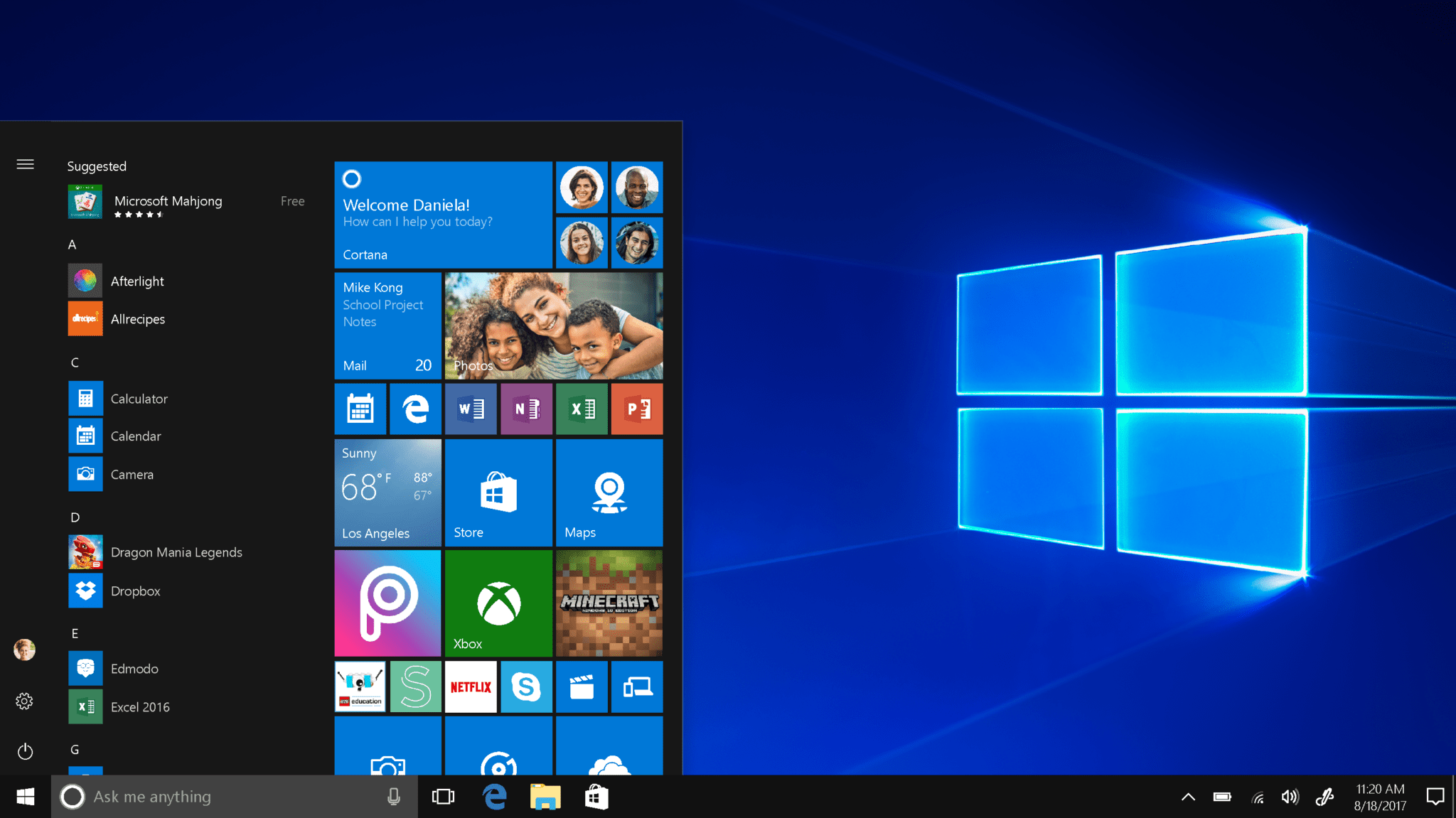
Price – A NAS Media Server comes with a price tag of $300+. This is more expensive than repurposing a decent desktop computer. Low Profile – The enclosure is much smaller than a standard desktop computer or server. Connect the media server to the network via an Ethernet cable.
Build Windows Home Media Server
Installing WHS from a DVD is the easiest method; if the computer you're using doesn't have a DVD drive, your next best option is to use an external DVD drive that attaches via USB. Alternatively, you can copy the required files to a USB hard drive or USB flash drive and install WHS from there. See "No DVD drive? Installing WHS from a USB drive" for more information. Several manufacturers currently offer prebuilt servers based on WHS, but you can also buy the operating system by itself and easily build out your own server.
You could also set up a dedicated server system to run the server, of course. That’d be a computer you could leave running all the time and even access your media server remotely over the Internet. It doesn’t have to be a full, high-powered computer — it could be a low-power, small-form-factor NAS device with a large hard drive for holding all those media files. You’ve probably heard about home media servers or media centers.
Less Processing Power – A beefy dedicated computer/server will outperform a NAS enclosure easily. If you plan on having a few users stream at the same time then a dedicated computer is likely a better option. Limited Customization – Some NAS enclosures have a limited amount of features and software available. If you are a super-user that really wants to customize every singles aspect, then you may feel slightly limited. Some are extremely versatile in what they are capable of doing.

The outdoor model features a spotlight and siren that can be triggered when motion is detected, deterring potential intruders. The indoor model pans around to give a full 360-degree view of any room and tracks motion. One of the great things about WHS and VMC is the number of community developed add-ins which have been developed. I’ve talked about a number of them already that I rely on heavily. Get tech updates and breaking news on the go with the Komando.com App, available in the Apple and Google Play app stores. Setting up a computer with FreeNAS is quite easy, and you will need to reserve an hour to complete the following steps.
You can view your photos, stream your music library and movie collection, you can also record shows for later viewing, and do much more with the server. This can be done from any of your clients (phone, computer, tablet, etc.) with a media player installed on the device. Some desktop computers and all NAS casings use 3.5-inch HDDs. Most of these hard drives, especially WD drives, will be color-coded as follows;Blue and Green HDDs are mostly for general use such as gaming and browsing. Disk bay capacity– This can vary from 1 to 16 slots for the hard drives.
Plex and Media Browser both offer servers that run on Windows, Linux, Mac OS X, BSD, and various NAS devices. You can install it on a desktop computer, a dedicated server, or get a pre-made NAS device that supports the server software. Sure, you could just connect a PC to your TV, but these provide convenient interfaces across all your devices. That means apps for TV streaming boxes, smartphones, tablets, and web-based interfaces for everything else. Microsoft no longer makes Windows Home Server and is phasing out Windows Media Center.
Some very costly, specialized or hard to configure services might actually be better of with an external provider. If you only use your services very rarely or are not at all willing to dive into some of the knowledge needed for hosting this might also not be the right place for you. October 14, 2025 is the general end-of-support date for Windows 10. Specific versions and editions of Windows 10 have different end of support dates; see Windows 10 version history for a breakdown of dates by version and edition.
